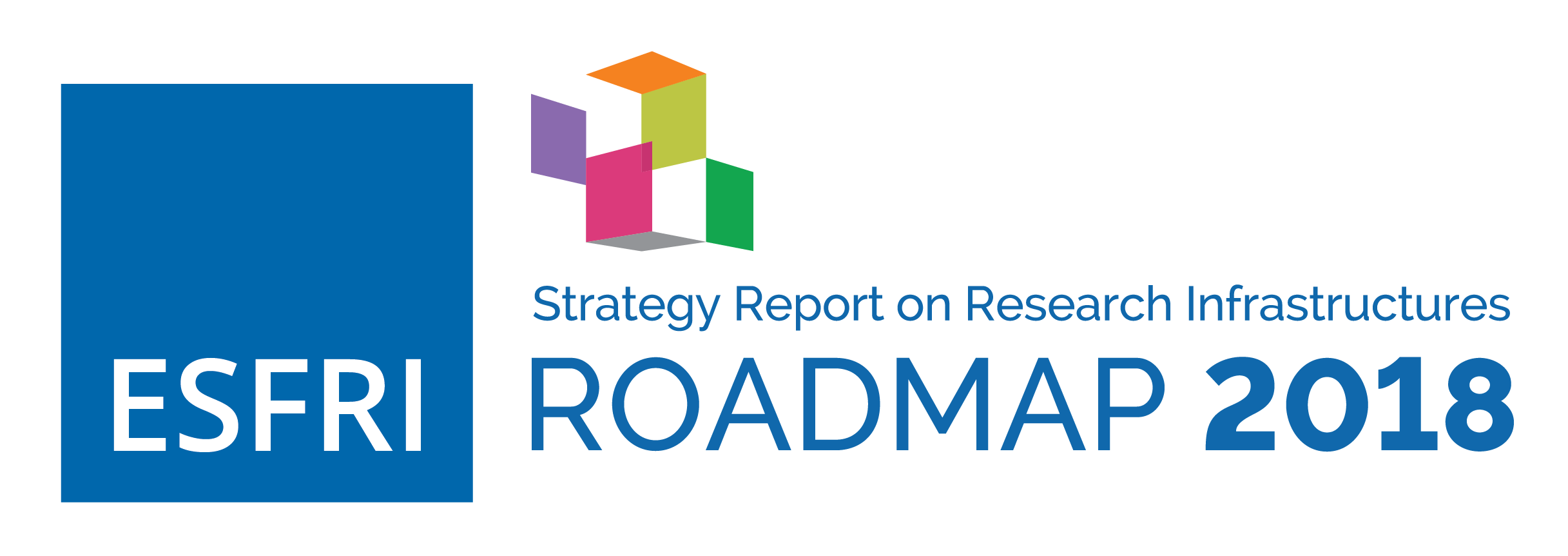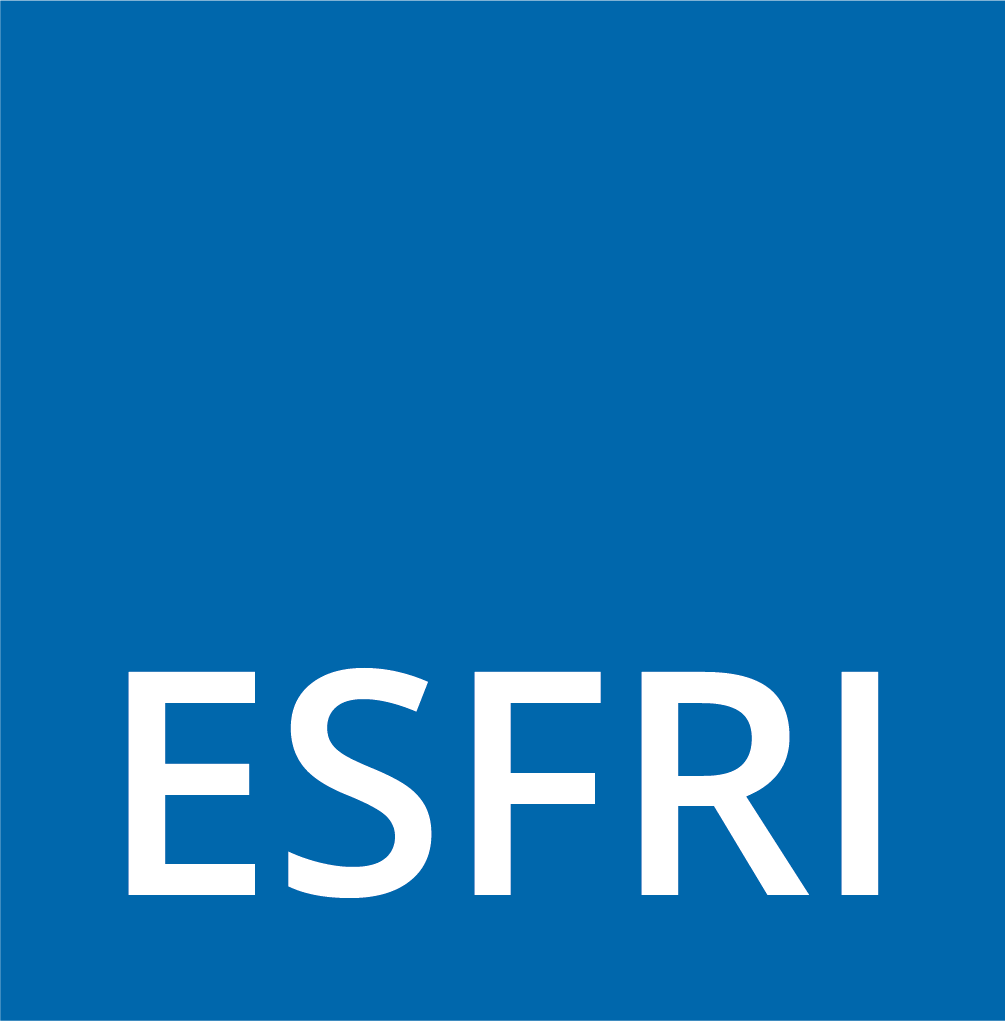Challanges and Strategy for the Future
Important interconnections are being established among the RIs as reported in Section2 of the Landscape Analysis. ESFRI identifies these clear facts.
- RIs attract and support frontier research and contribute to pursue excellence through curiosity-driven research efforts that push the current limits of knowledge in a discipline. In doing so, RIs address and solve many technological, scientific and organizational issues that create additional value and knowledge at non primary levels in the disciplinary paradigm.
- Excellent research is becoming more and more multi-messenger – i.e. based on diverse data sources oriented to study the same phenomena – which requires to enforce the coordination among infrastructures, their internationalization, and advanced, even real-time, data management and analysis tools.
- Research often occurs at the interfaces among RIs domains, which fact is conventionally defined ex ante interdisciplinarity or multidisciplinarity, indicating that new knowledge is pursued beyond disciplinary methods and limits.
- High-quality research data sets are produced at RIs, which are documented by advanced-level metadata to potentially enable interoperability, i.e. the ex post interdisciplinary use of the data.
- Internationalization of RIs must be advanced through the development of compatible access modes to resources and data and through international strategy for Global Research Infrastructures.
An outstanding paradigmatic example of multi-messenger research is given by the extraordinary developments in the field of Astronomy, following the recent observations of Gravitational Waves (GW) by three large RIs (interferometers), located in Europe (VIRGO) and in the USA (the two LIGOs), that jointly enable to identify the direction of the gravitational signal source, and consequently trigger, at world scale, the fast pointing of optical and radiowave telescopes. The implementation of this method has already allowed to collect critically valuable data on the hitherto few observed GW events. CTA, a new ESFRI Landmark, is defined as one of the magnificent seven observatories that promise to contribute to establishing the multi-messenger paradigm as the new avenue unifying Astronomy and Astroparticle Physics. Notably, multi-messenger can become a general paradigm, being also developed in ENV and H&F RIs as it is described in the LA. We expect that it will further expand in many other fields of research.
RIs belonging to the same domain are already developing more and more efficent interfaces and are natural facilitators of the multi-messenger approach, enabling interdisciplinary research. The Section2 of the Landscape Analysis gives evidence of the interconnections among the RIs contributing new knowledge in a complementary way. The RIs, while maintaining their own disciplinary-rich diversity portfolio, have a high potential to horizontally coordinate on science topics that can be addressed only by adopting multiple diverse complementary techniques.
Different research needs stimulate the RIs to develop new tools which then become available to all other research fields as well. The development of Commons in data format and management as represented by the European initiatives PaNdataPaNdata initiative http://pan-data.eu and EUDATEUDAT https://www.eudat.eu, and by the international Research Data Alliance (RDA)Research Data Alliance (RDA) https://www.rd-alliance.org, has prompted a convergence on standards at RIs that, through the users, spread also to universities and national research laboratories. Data reduction, analysis and tools are developed or shared at RIs, outreaching a broad scientific community, overall improving communication and efficient research programmes.
At the organizational and coordination level some successful Integrating Activities of H2020 as well as bottom-up initiatives – like the League of European Accelerator-based Photon Sources (LEAPS) engaged in a proto-federation attempt – demonstrate the need to implement a higher efficiency in integrating research resources in Europe. Integrating Activities, as those supported by the EC Framework Programmes, have a high potential to optimise the investments and to exploit overall synergies of national, European and international RIs, sharing the most advanced technologies rather than duplicating efforts, expanding the offer to the users’ communities, and increasing the overall return on investment, without jeopardizing the healthy scientific competition among partner RIs.
The ESFRI strategy for the future Roadmap system will be developed recognising that:
- ESFRI Projects and Landmarks, as well as other important RIs of pan-European dimension and scope, like the EIROforum and others – represented for example by the European Research Facilities (ERF)ERF AISBL http://www.erf-aisbl.eu – are reference instruments and centres of competences in the disciplinary research, enabling the most competitive proposals and most original ideas to develop and prove their full potential;
- however, most of the compelling problems of society, the so called Grand Challenges like climate changes, energy needs, food resources, demography and ageing of population, peace and migratory phenomena, are of interdisciplinary nature and this is true also for the knowledge needs of civil services and industry.
The implication of the above points is that RIs, while often being disciplinary oriented – astroparticle physics, mouse genomics, language, ocean observation, etc. – must be capable to integrate with near-neighbouring RIs contributing to enforcing interdisciplinary research.
A further implication is that the demand for new knowledge coming from society can hardly be addressed by single RIs of disciplinary, or even multidisciplinary scope. The moderate success of all efforts made to translate new disciplinary knowledge in useful skills and hints towards economic activities shows that the current approach is not sufficient.
On the other hand, the increased capability of RIs to talk to each other at near-neighbour level – e.g. within and between H&F and ENV, ENV and ENE, ENE and PSE, PSE and DIGIT and all other combinations that also include SCI – has created the basis for the RI system as a whole to become capable to generate new knowledge when and where it is needed. A well interfaced RI system will be an important contribution to European research competitiveness by enabling research to yield reponses to issues such as the Grand Challenges and industrial and social needs.
Part of the effort towards a more efficient knowledge-based society and economy is being addressed by the open data concept. The broad debate and high expectations about the EOSC demonstrated that there is a widely shared aim to make the overall information contained in (high) quality-controlled data – FAIR and Reproducible – readily accessible also to users working in different disciplinary domains with respect to the researchers who originated the data. ESFRI plays and will play a substantial reference role in supplying the EOSC with original high quality data from the RIs and to strategically orient the investments in RIs to cover the whole data cycle. EOSC will enable ex post multidisciplinary research and analysis of complex questions based on the available data of disciplinary origin. This is just one part of the data issue for the knowledge-based society.
There is a second, complementary, part of the same effort that requires to build a system capable to generate knowledge when and where it is needed to address complex, multifaceted problems (society, industry) and Grand Challenges (climate, food, energy).
Industrial needs are a familiar example of a complex problem: there is typically a technical aspect connected with a product or production process, but also an environmental impact aspect, an energy efficiency aspect, and a social acceptance aspect that require integrated knowledge to be produced and transferred at the proper level of complexity in order to satisfy the industrial need and generate innovation. Asking the individual RIs to generally improve their interface with industry encounters a bottleneck in the fact that disciplinary research can give very valuable, but only sector-limited answers, often not ready to be implemented by industry. On the other hand, a robust RI ecosystem, as an interconnected ensemble, could develop the capability to provide answers by generating the pieces of new knowledge in the most efficient way: employing the best tools on each relevant aspect of the complex problem. This will enable ex ante multidisciplinarity and provide a powerful and timely instrument for the knowledge-based society.
One new strategic direction for ESFRI will therefore be to take into account – within the fulfilment of its mandate – the contribution of RIs towards a novel, open-integrated research environment capable of mobilizing the necessary disciplinary resources at the proper level, and of combining the new data to formulate answers to complex issues.
There is a second, complementary, part of the same effort that requires to build a system capable to generate knowledge when and where it is needed to address complex, multifaceted problems (society, industry) and Grand Challenges (climate, food, energy).
Industrial needs are a familiar example of a complex problem: there is typically a technical aspect connected with a product or production process, but also an environmental impact aspect, an energy efficiency aspect, and a social acceptance aspect that require integrated knowledge to be produced and transferred at the proper level of complexity in order to satisfy the industrial need and generate innovation. Asking the individual RIs to generally improve their interface with industry encounters a bottleneck in the fact that disciplinary research can give very valuable, but only sector-limited answers, often not ready to be implemented by industry. On the other hand, a robust RI ecosystem, as an interconnected ensemble, could develop the capability to provide answers by generating the pieces of new knowledge in the most efficient way: employing the best tools on each relevant aspect of the complex problem. This will enable ex ante multidisciplinarity and provide a powerful and timely instrument for the knowledge-based society.
One new strategic direction for ESFRI will therefore be to take into account – within the fulfilment of its mandate – the contribution of RIs towards a novel, open-integrated research environment capable of mobilizing the necessary disciplinary resources at the proper level, and of combining the new data to formulate answers to complex issues.
The Landscape Analysis of this Roadmap 2018 contains for the first time an analysis of the implications that research at a given ESFRI RI has on the research needs of other disciplinary areas. It is quite evident that active interdisciplinary interfaces exist – also with non-ESFRI RIs of course – and provide a baseline for more potential liaisons and combinations of the available resources. ESFRI aims at fostering the disciplinary excellence and at encouraging the ESFRI Projects and the ESFRI Landmarks to produce the necessary mix of data that are needed to formulate answers to complex demands. This development will impact the overall landscape and it is important that the dialogue between ESFRI and the national strategies and roadmaps is further strengthened, aiming at better coordination and higher efficiency within the RI ecosystem, with added scientific value and rationalized efforts.
Another challenge for RIs is their internationalisation. ESFRI is involved in this process with some Projects and Landmarks having a broad international constituency and scope, like the astronomy and astrophysics observatories CTA, ELT, KM3NeT 2.0 and SKA. Special cases – like CERN, ITER-Broader Approach and some space science missions – involve directly many Governments as well as scientists from all over the world, but several more are taking shape – e.g. the Gravitational Wave Detectors, the Underground Laboratories, the International Mouse Phenotyping Consortium.
The globalisation of RIs is addressed by the Group of Senior Official G8+5 (GSO)Group of Senior Official (GSO) https://ec.europa.eu/research/infrastructures/?pg=gso who has identified case studies for Global Research Infrastructures (GRIs) that comply with the GSO Framework for GRIs approved in 2014 and continuosly updatedProgress Report 2017 https://ec.europa.eu/research/infrastructures/pdf/gso_progress_report_2017.pdf (see BOX 5).
## GLOBAL RESEARCH INFRASTRUCTURES#
Global Research Infrastructures represent those Research Infrastructures with a full international dimension to serve common needs of the world scientific community, or the advanced collaboration among existing RIs that share common needs and efforts to pursue challenging upgrades needed for top research.
The GSO Members can propose GRI candidates seeking for international partnership. ESFRI does not put forward proposals to the GSO, but GSO Members can propose ESFRI RIs as potential GRIs.




